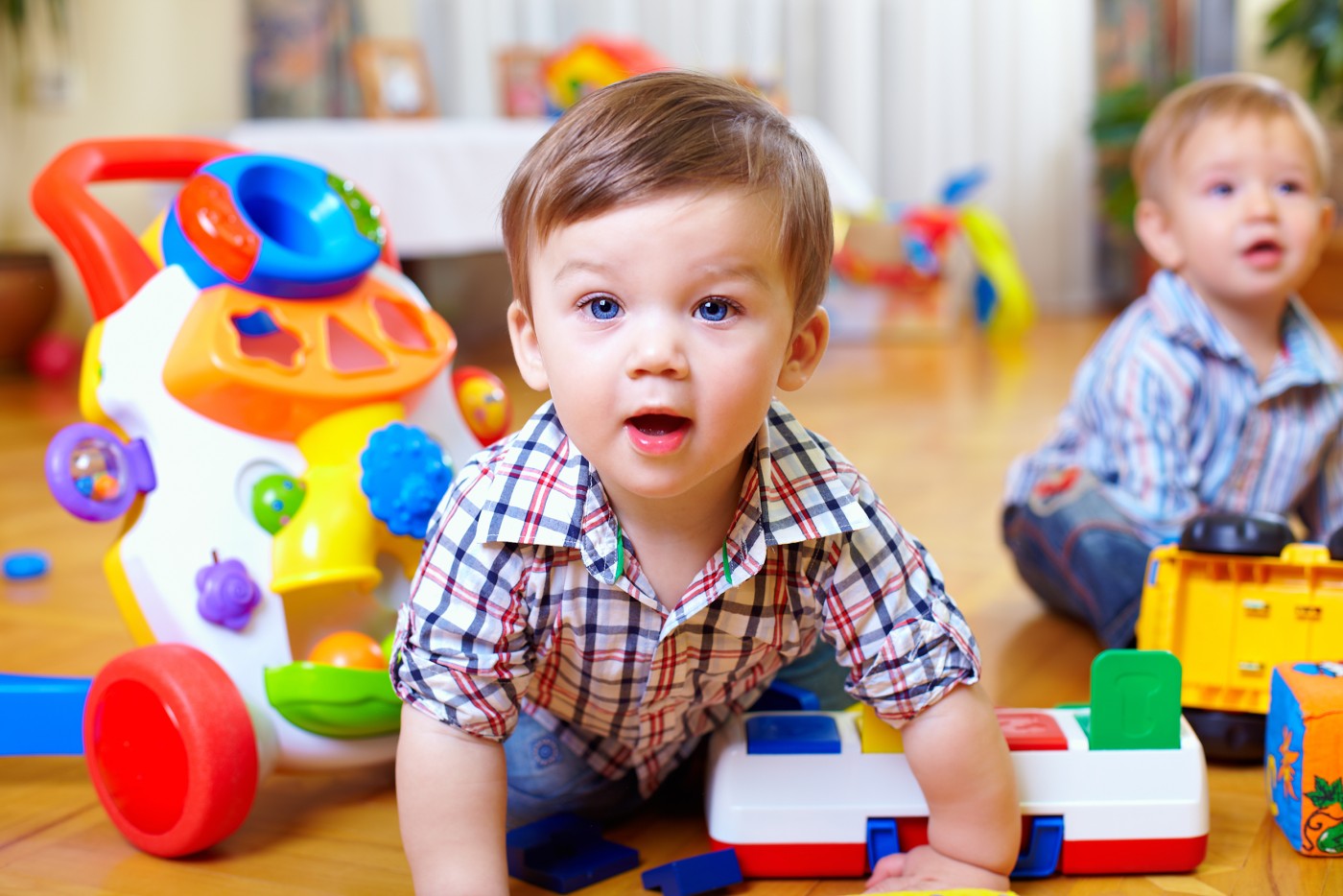Cerebral Palsy, Other Child Development Delays Are Focus of New Interactive Tool for Early Detection

The American Academy of Pediatrics (AAP), the Centers for Disease Control and Prevention (CDC), and the Parent Project Muscular Dystrophy have banded together to develop a new interactive tool that aims to help parents detect at an earlier stage any possible physical development delays in their children.
Called “Physical Developmental Delays: What to Look For,” the new tool will help parents of children ages 5 or younger to assess their child’s motor development and, more accurately, detect delays that may cause concern.
Cerebral palsy refers to a group of disorders that affects the patient’s ability to move, control muscle movement, and maintain balance and posture. It is the most common motor disability in childhood, and is caused by abnormal brain development or brain damage. Early signs of cerebral palsy vary greatly because there are different types and levels of disability.
The main sign of possible cerebral palsy in a child is a delay reaching motor or movement milestones that are common at that particular age, such as rolling over, sitting, standing and walking. These physical developmental delays can also be a sign of other serious conditions, such as Duchenne muscular dystrophy. It is important to address these concerns with a pediatrician and, in the case of a diagnosis of these or other developmental disorders, ensure that children benefit from earlier treatments and assistance.
The new information platform contains descriptions of physical development grouped by age and activity. Upon clicking on specific concerns, a list is generated and parents can take this summary of concerns to their pediatrician, which will hopefully lead to a more rapid diagnosis, if necessary. The easy-to-use new tool includes many other resources for parents, including tips on how to talk with doctors and videos that demonstrate certain physical delays and normal behaviors.
“All children develop at different rates, including different rates for achieving motor milestones,” said Gary Noritz, M.D., a member of the executive committee of the AAP Council on Children with Disabilities, in a press release. “Many children who have delayed motor milestones don’t necessarily have serious problems, but some do. Parents are pretty good at watching their children develop, so if they have concerns, they should trust their gut and talk with their child’s pediatrician about their concerns and what they can do to improve their child’s motor development.”


